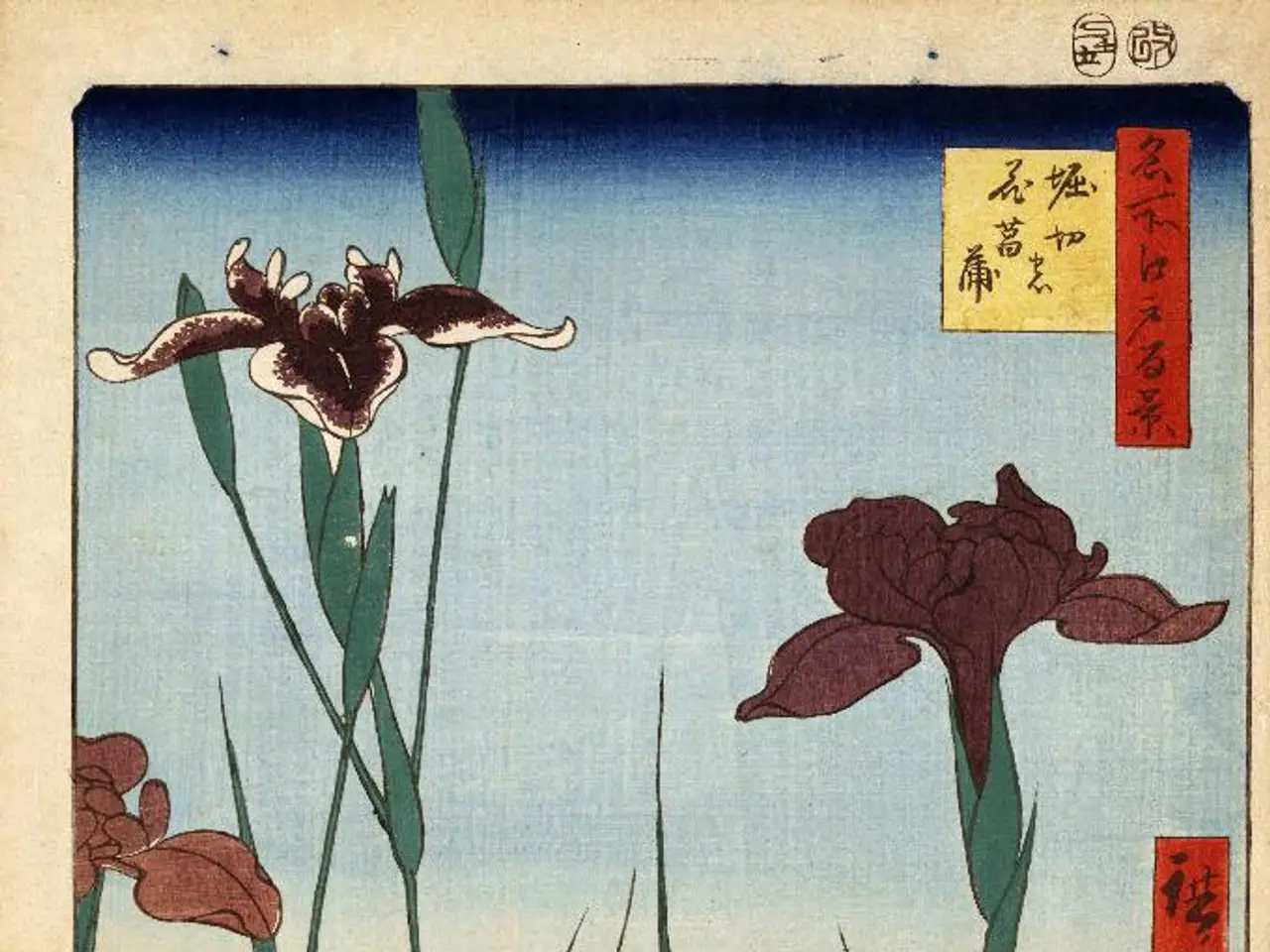Cultivating Bromeliads: A Guide to Nurturing Bromeliad Flowers
Bromeliads, known for their rigid and often colourful rosettes and futuristic-looking flowers, are one of the more fascinating houseplants. These exotic plants have a rich history, dating back to the 17th and 18th centuries when they were first cultivated in Germany.
Bromeliads are epiphytic, meaning they do not live in soil but instead live on trees or other structures. They feature a rosette form of strappy, thick leaves which form a central "tank" or cup. This unique structure is not just for show; it serves as a reservoir for water and nutrients, mimicking the method of gathering these elements in the wild.
When it comes to care, bromeliads are relatively low maintenance. They only need repotting every 2-3 years into a container with several drainage holes. A loose, well-draining soil mix of equal parts peat, bark, and coarse sand is ideal. It's essential to maintain a high humidity level, which can be achieved by misting the leaves daily or placing the container on a saucer filled with rock and water.
Watering a bromeliad requires care. Keep the plant moderately moist, but not soggy, and empty any water that collects in the pot weekly to remove debris and dead insects. Bromeliads have short, fleshy root systems and cannot tolerate standing water.
Bromeliads are not frost-tolerant, so they thrive best in optimal temperatures between 60-85 degrees Fahrenheit (15.56-30 C). They also need bright, diffused light, with better lighting resulting in better color in the flowers and foliage.
Fertilizing bromeliads is not a frequent necessity. They rarely need fertilizing, and re-potting every 2 years will refresh the soil and allow the plant to draw nutrients from its medium. A balanced houseplant fertilizer, diluted by half once per month from spring until early fall during the plant's growing season, is suitable.
Bromeliads come in various types, including Aechmea, Ananas, Billbergia, Cryptanthus, Dyckia, Guzmania, Neoregelia, and Tillandsia. Each type offers unique rosette shapes, colours, and flower structures, adding to the diversity and appeal of these intriguing houseplants.
Lastly, after the flower has died, the original plant will produce offsets, which can be divided off to become new plants. This process allows bromeliads to propagate and continue their fascinating existence in our homes.








